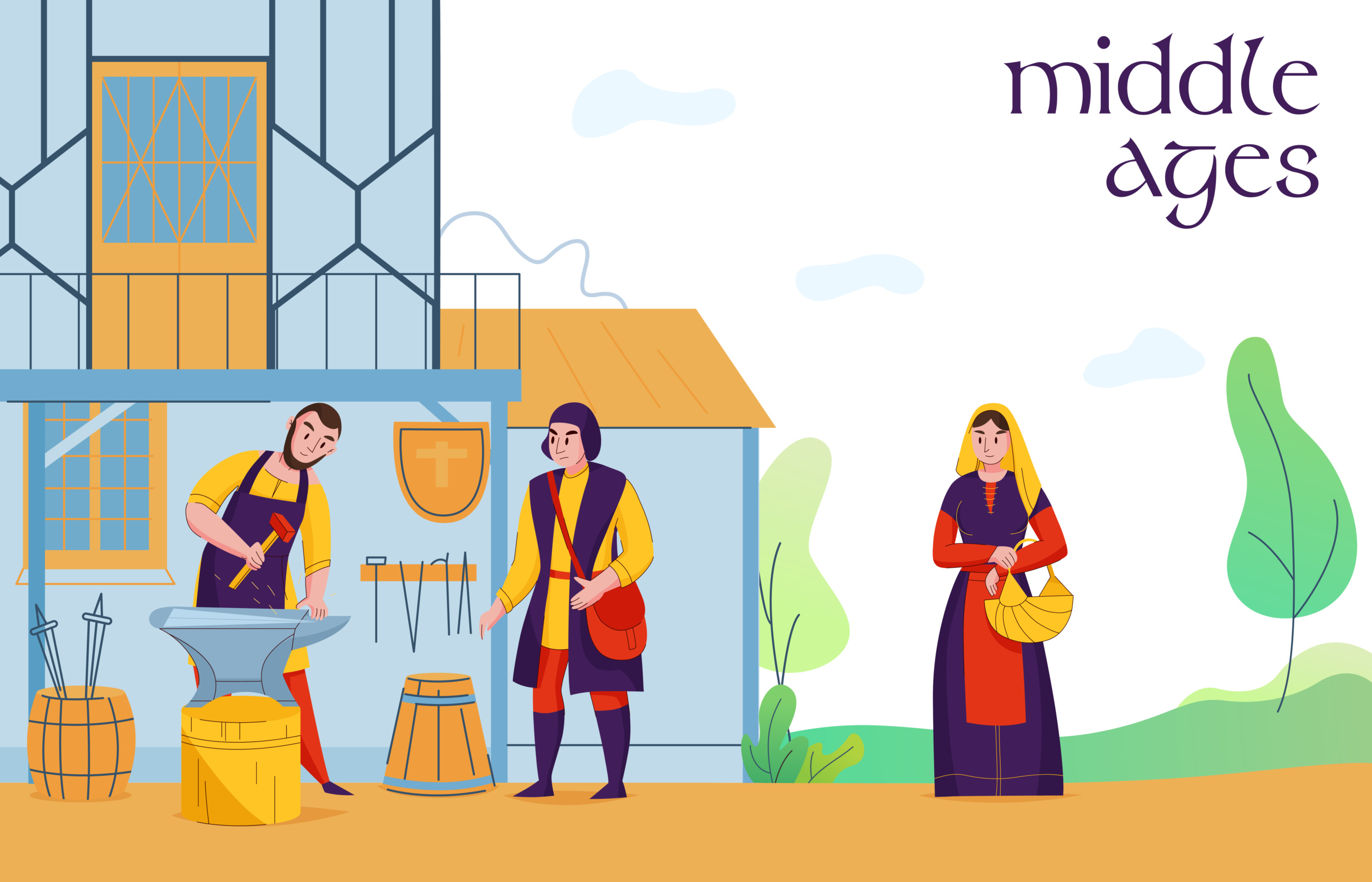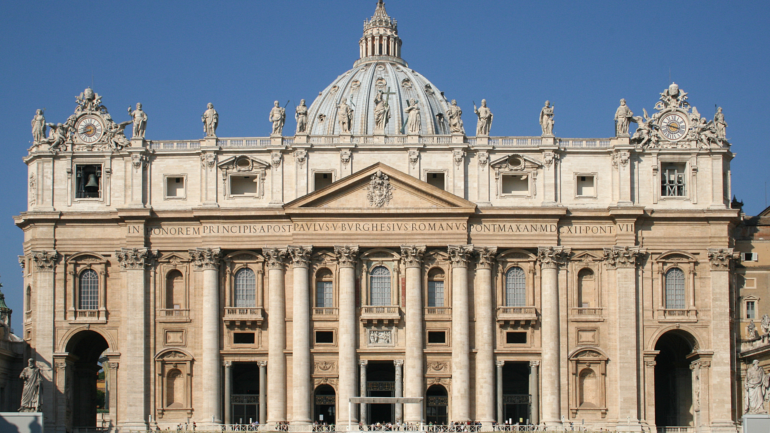Today, we continue our discussion of a Renaissance “side” artist, the famous Netherlandish painter, Pieter Bruegel the Elder.
The “Peasant Genre Painter” Pieter Bruegel the Elder
- Pieter Bruegel the Elder (1525-1569) is known as the “Peasant Genre Painter.” He was one of the greatest artists of the 16th-century Netherlandish school. Under his influence, artists began to focus on subjects beyond just the human figure, leading to the gradual emergence of genre painting. Bruegel was particularly adept at depicting scenes from everyday rural life, portraying ordinary people’s activities from butcher shops and vegetable markets to trading fairs. His paintings summarized the achievements of Netherlandish art and laid the foundation for artists in the 17th century.
- Bruegel’s full name was Pieter Bruegel, sometimes transliterated as “Breugel.” He is called “the Elder” because his two sons also became painters, and the prefix was added to distinguish him from them. After his death, Bruegel was laid to rest in Brussels, and most of his works have been lost. Over 40 works have been confirmed as his surviving pieces, with 12 of them housed in the Kunsthistorisches Museum in Vienna.
- Bruegel was active in what is now Belgium. During the Reformation in the northern parts of the Netherlands, painters were no longer able to focus on religious themes due to social and political pressures. To avoid “losing their jobs,” they turned to other subjects, leading to the development of genre painting. Genre painting, also known as “customs painting,” involves depicting specific aspects of daily life, incorporating societal customs into the artwork.
- Bruegel’s paintings displayed a deep observational quality, and he developed a unique style in depicting rural landscapes and the figures of rural people. His most famous work, The Peasant Wedding, starkly contrasts with the lofty religious themes we have seen before. There is no trace of nobility in the characters depicted. The overall color tone of the painting is earthy yellow, which mirrors the color of northern European rural homes. The bride and her parents in the painting look very different from the portraits of Renaissance nobility, with their simple, rural appearance. This grounded portrayal was a radical innovation by Bruegel, subverting the prevailing aesthetic norms of the time.
- Bruegel’s paintings are often filled with irony and humor. He used depictions of folk tales to satirize the political climate of his time. In the 16th century, the Netherlands was embroiled in a struggle with Spanish rulers, and Bruegel incorporated folk elements in his paintings to critique the brutality of Spanish rule.
- Bruegel was both an heir to and a continuation of the work of Hieronymus Bosch. While Bosch used an imagined “God’s-eye view” in his paintings, Bruegel painted with a realistic “long-distance perspective.” Bruegel inherited Bosch’s approach of not having a central figure and using an aerial view to depict a world of many details. He laid out the landscape and objects from a high vantage point, incorporating a wealth of content, with details scattered across the canvas for the viewer to enjoy and contemplate.
- Bruegel’s paintings greatly influenced the development of landscape painting. In his works, human figures began to appear as secondary characters, with the focus shifting to the surrounding elements. In The Snowy Landscape, the expansive white snowy countryside grabs the viewer’s attention. In his most representative work, The Tower of Babel, for the first time, a building becomes the focal point of the composition, immediately drawing the viewer’s eye.
- Bruegel began creating genre paintings to meet market demand, eventually becoming a true master of the field. This shows that art is not necessarily reserved for the elite; it is also a commodity. The works that have endured are those that catered to the market. Like Bruegel, achieving mastery within the constraints of market demands is what ensures an artist’s legacy endures through the ages.

Baron – The Butcher’s Shop
A typical genre painting, depicting a specific theme and integrating social customs and habits.

Pieter Bruegel the Elder – The Peasant Wedding
In stark contrast to previous lofty religious-themed paintings, this one carries no air of nobility. The overall color tone of the painting is earthy yellow.

Pieter Bruegel the Elder – The Peasant Wedding (Detail)
The bride and the people around her have a typical rural simplicity in their appearance.

Pieter Bruegel the Elder – The Blind Leading the Blind
A satirical thematic painting.

Pieter Bruegel the Elder – The Snowy Village Scene
In this work, human figures begin to take on a secondary role, which had a significant impact on later landscape painting.

Pieter Bruegel the Elder – The Snowy Village Scene
What grabs the viewer’s attention is no longer the people, but the expansive white snowy countryside.

Pieter Bruegel the Elder – The Tower of Babel
For the first time, the central focus of the painting is a building, making it the primary subject of the composition.
Tips
Pricing Strategies in the Art Market
In his book Discover Your Inner Economist, Tyler Cowen discusses some interesting pricing strategies in the art market. For example, a landscape painting with people or horses tends to fetch a higher price. If there are any industrial products included, the price usually drops. In still life paintings, flowers are more valuable than fruit, with roses being the most valuable and chrysanthemums the least. Animals are also ranked by value — for example, purebred dogs are more valuable than mixed-breed dogs, and the more exotic the bird, the higher the price of the painting.


